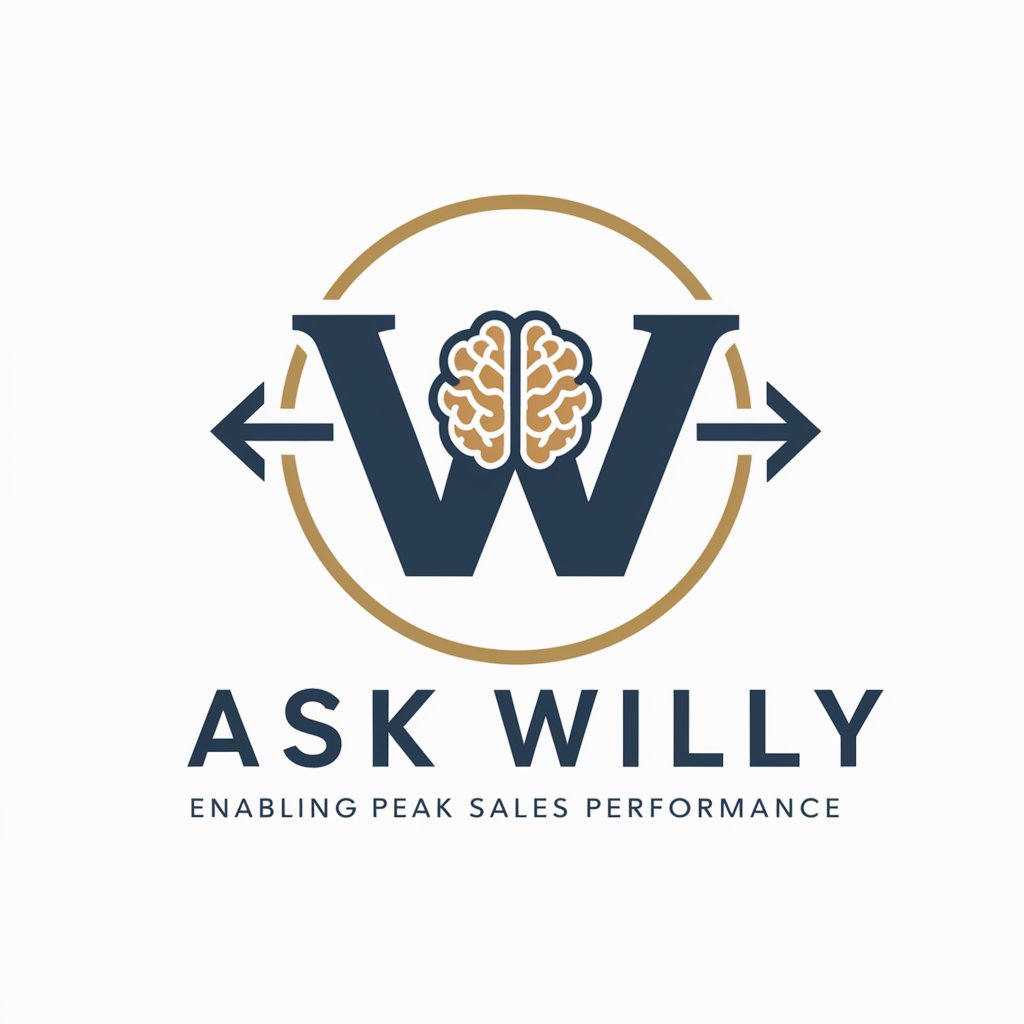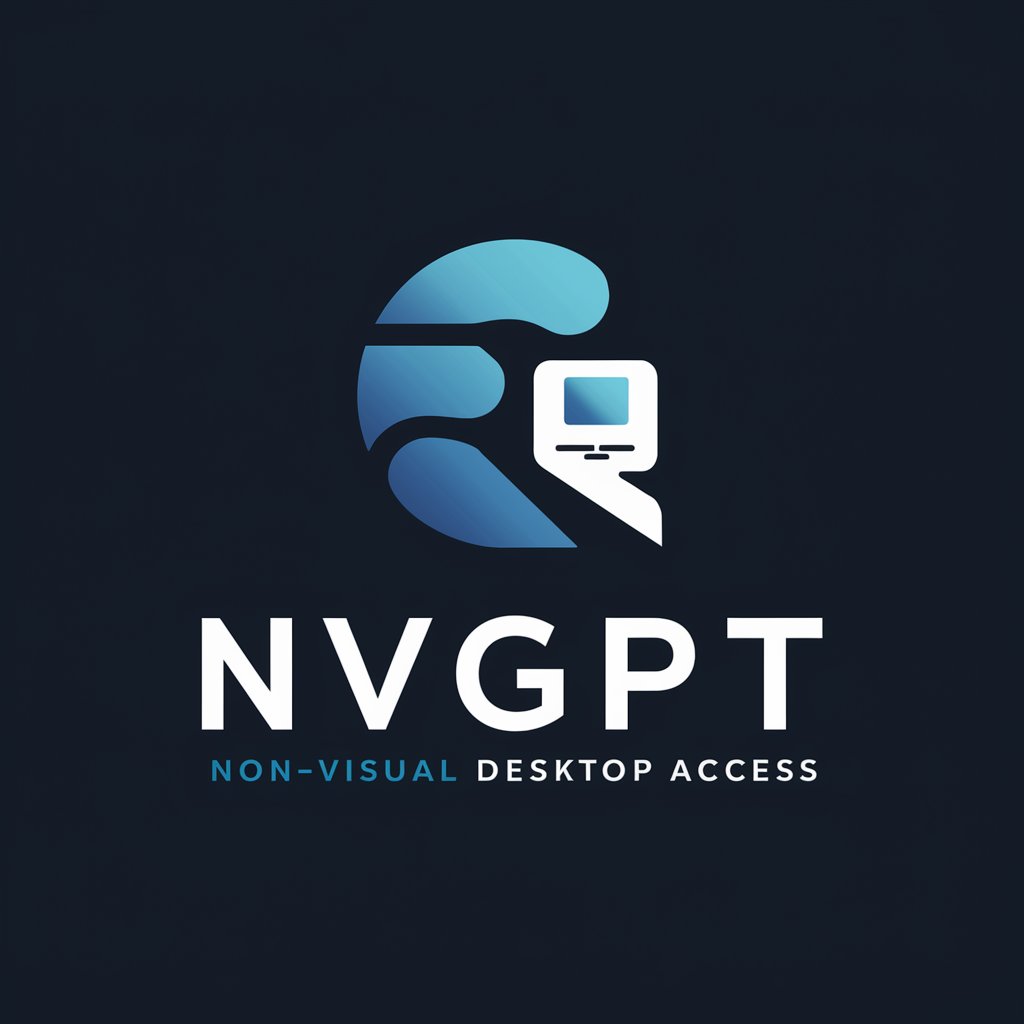Business Analysis Assistant - Business Analysis Insights

Welcome! How can I assist with your business analysis today?
Empowering Decisions with AI Analysis
Can you analyze the current market trends in our industry?
Please provide a SWOT analysis for our new product launch.
What are the key risks associated with our upcoming project?
How can we improve our customer journey based on recent feedback?
Get Embed Code
Overview of Business Analysis Assistant
The Business Analysis Assistant is a specialized tool designed to aid in business analysis tasks, providing detailed insights and solutions tailored to specific business needs. Its primary function is to assist business analysts and managers in making informed decisions by analyzing organizational needs, identifying changes required, and suggesting suitable business strategies. The design purpose centers on enhancing the efficiency of decision-making processes by providing contextualized analyses, such as SWOT (Strengths, Weaknesses, Opportunities, Threats) analysis, gap analysis, risk assessments, and benchmarking. For example, in the context of a merger, the assistant can evaluate the strengths and weaknesses of the merger and offer insights on potential risks and opportunities, thus facilitating strategic planning and execution. Powered by ChatGPT-4o。

Key Functions of Business Analysis Assistant
SWOT Analysis
Example
For a technology startup, the assistant can perform a SWOT analysis to evaluate its position against major competitors, identifying key strengths such as innovative technology, weaknesses like limited market presence, opportunities in emerging markets, and threats from established tech giants.
Scenario
This is applied when a company plans to enter a new market or launch a new product, helping to map out strategic directions.
Risk Assessment
Example
For a financial institution looking to expand overseas, the assistant can conduct a risk assessment highlighting potential legal and financial challenges based on the region’s regulatory landscape.
Scenario
This helps the company prepare adequately, addressing risks before they impact business operations.
Benchmarking
Example
For a retail chain, the assistant can benchmark operational practices against industry leaders, identifying gaps in customer service and operational efficiency.
Scenario
This allows the company to adopt best practices and improve its competitive edge.
Gap Analysis
Example
For an educational institution, the assistant can perform a gap analysis to compare current curricular offerings against industry-required skills, identifying areas that need development to enhance student employability.
Scenario
This aids in curriculum development to better meet market demands.
Target User Groups for Business Analysis Assistant
Business Analysts
Business analysts who require in-depth analysis and reporting tools to understand market dynamics, evaluate business processes, and recommend improvements. They benefit from the assistant's ability to provide detailed, data-driven insights and suggestions for optimizing business strategies.
Corporate Executives
Executives such as CEOs, CFOs, and CTOs who need comprehensive analyses to form strategic decisions that will impact the company’s direction. The assistant supports these decision-makers by offering insights into market trends, competitive landscapes, and internal business operations.
Small Business Owners
Small business owners who might not have the resources to hire full-time analysts but need to understand how to better position their business in the market. The assistant provides accessible and actionable insights that can drive business growth and operational efficiency.

Guidelines for Using Business Analysis Assistant
Register for Trial
Visit yeschat.ai to start a free trial without the need for a login or a ChatGPT Plus subscription.
Identify Business Needs
Define the business need or challenge you are addressing. Whether it's a strategic decision, a market analysis, or an operational improvement, being specific helps tailor the analysis.
Select Analysis Type
Choose the type of analysis required (e.g., SWOT, risk assessment, gap analysis) based on the initial business need to ensure focused and relevant results.
Input Data
Provide relevant data such as financial reports, market research, or operational statistics. Accurate and comprehensive data input leads to more valuable insights.
Review and Apply Insights
Review the analysis provided, apply the insights to strategic decisions, and monitor outcomes using suggested KPIs. Iterate as necessary to refine strategies or further explore findings.
Try other advanced and practical GPTs
Ask Willy - Enabling Peak Sales Performance
Empower Your Sales with AI

Revatech IA Assistant
Automate your data analysis with AI precision.

Plumbing Pal
Streamlining Plumbing with AI

Sketchup Renderer
Empower Design with AI Rendering

Podcast Finder
Your AI-powered podcast guide

Chimica
AI-powered insights for chemical understanding.

DAAL-E
Magically transform images using AI

VB.NET, SQL & Git
Empower your code with AI-powered insights

Language Bridge (자연스런 영어 표현)
Bridging Cultures with AI-powered Language Understanding

MathGPT | AI Photo Math Solver
Solve Math with AI Precision

网络空间系统安全概论
Master Cybersecurity: AI-Powered Education

addons creator for NVDA
Enhance NVDA with powerful addons

Common Questions about Business Analysis Assistant
What types of business analysis can Business Analysis Assistant perform?
Business Analysis Assistant can perform various types of business analyses, including SWOT analysis, risk assessment, gap analysis, and benchmarking. Each type is suited to different strategic needs and business contexts.
How does inputting data work in Business Analysis Assistant?
Users input data directly into the system, including financial reports, market trends, or customer feedback. The assistant analyzes this data to provide insights and recommendations tailored to the business's specific challenges and objectives.
Can Business Analysis Assistant suggest KPIs?
Yes, based on the analysis performed, the assistant can suggest key performance indicators (KPIs) that allow businesses to measure the effectiveness of implemented strategies and operational changes.
Is Business Analysis Assistant suitable for small businesses?
Absolutely. It is designed to scale from small businesses to large enterprises, providing relevant analytical tools and insights that help any business size make informed decisions.
How can Business Analysis Assistant support decision-making?
By providing data-driven insights and recommendations, Business Analysis Assistant helps businesses make informed decisions, improve strategic planning, and optimize operational efficiency.
